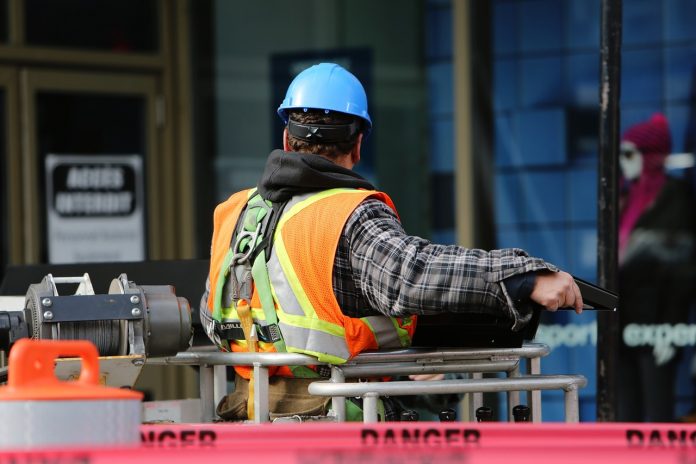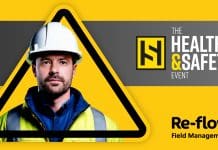For those who work in the construction industry, safety is always a top priority: unexpected dangers could be lurking within job sites, putting workers at risk of injury or illness
According to the National Safety Council, nearly every seven seconds, someone is injured on the job. It is important to understand these potential hazards and to follow the proper protocol to ensure the safety of not only yourself but your coworkers as well. Below are some tips on best practices when it comes to construction safety and how to prevent any accidents.
Wear the correct safety equipment
While this may seem like a simple task, it is one that is often neglected. From hard hats and steel toe-boots to respirator masks, wearing the right safety equipment is one of the most foolproof ways of preventing injury. Every job or project in the construction field requires its own set of equipment and tools. Whether you are breaking down walls or laying concrete, not only should you be wearing the right gear, but you should also make sure that it fits properly.
For example, a loose respirator mask could leave room for toxic dust particles to seep through, leading to respiratory illnesses. Other loose equipment could get caught within tools that you are using and put you in danger. You should be prepared for every scenario on the job, and by wearing the correct equipment you will be better prepared for these situations.
Have materials tested before handling them
For construction work that involves demolition of property or the removal of building materials, workers should be cautious. Before handling materials from older homes or buildings, these materials should be tested for the presence of toxicants. Prior to the 1980s, homes and buildings were built with materials containing dangerous human carcinogens, such as asbestos and lead.
Asbestos is known for its tensile strength and abilities to resist heat, frequently being used in products such as roofing tiles, insulation, and vinyl flooring. While asbestos is banned in the UK, this ban does not rule out the previous uses of asbestos. Exposure to asbestos fibres has been linked to peritoneal mesothelioma, severe cancer affecting the abdomen, often going unnoticed for 10 to 50 years due to minimal symptoms.
To keep workers safe, it is suggested to send the suspected materials to a lab for testing, as this is the only way to know if asbestos is present. Materials can also be tested for other toxicants such as lead and formaldehyde. Workers should not attempt to remove these materials themselves and it is recommended that a professional abatement team is hired to properly remove them to maintain the quality of the job site.
Keep your job site clutter-free
According to the Health & Safety Executive, in 2018, 31% of all non-fatal injuries were due to slips, trips and falls. Accidents that involve this type of injury are typically due to negligence involving workplace cleanliness and transparent signage that warns of danger. It is important that at the end of each workday, the job site is cleaned up and organized to avoid any potential trips and falls.
Excess materials and equipment should be placed in a specific zone that does not cross paths with everyday foot traffic. If there are any areas of the job site that are deemed dangerous, whether it be wet flooring or loose materials that could fall, the correct signage should be in place to provide a warning to employees that may be going through the designated area. By having these measures in place, workers will be less susceptible to workplace accidents.
Keep regulations in place
Project managers and contractors should continuously have regulations in place when it comes to their job sites. While it is easy to set rules at the beginning of the job, following up on protocol and ensuring that they are being strictly followed are key to preventing injuries amongst employees. The amount of work-related injuries can be greatly reduced if we continue to make the working environment a safer and more enjoyable place to be.















Safety should always be the first priority. If followed properly, these precautions are all we need to tackle all unwanted accidents. Construction industry needs more innovations, technological progress is slowly being introduced into this industry.
Excellent writing! We can take away a lot of important information from this article. Keep sharing great posts.
The CEO should place safety concerns on a par or even higher level with other job responsibilities. Company leaders also need to be aware of the most significant risks associated with the activities of the enterprise, as well as plans to reduce them.
Many managers require that every serious injury be reported immediately. For example, in a diesel engine company, serious incidents are reported directly to the COO and business vice presidents. Knowing that these reports are immediately received and reviewed by senior management, line managers will remember the importance of preventing accidents.